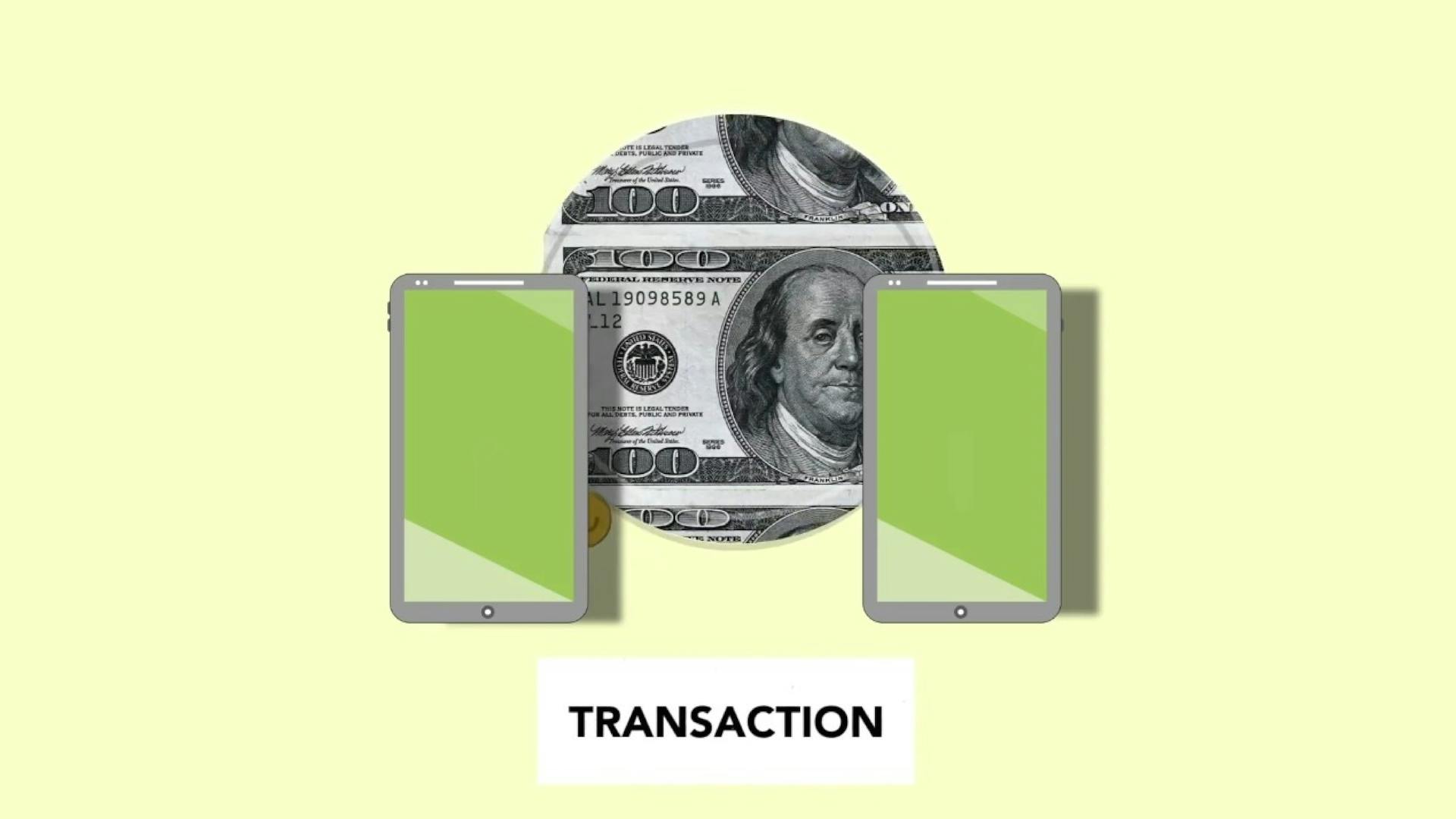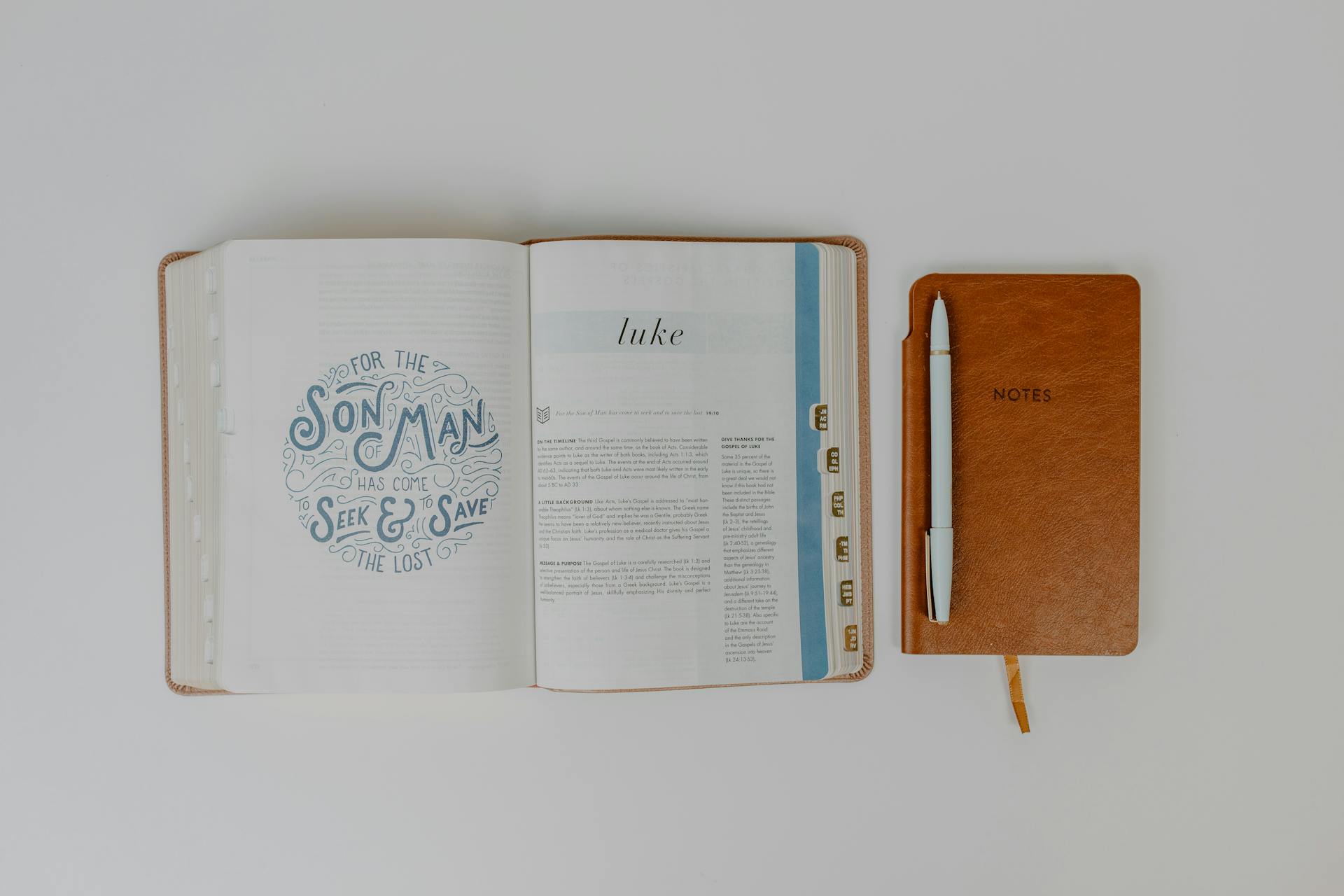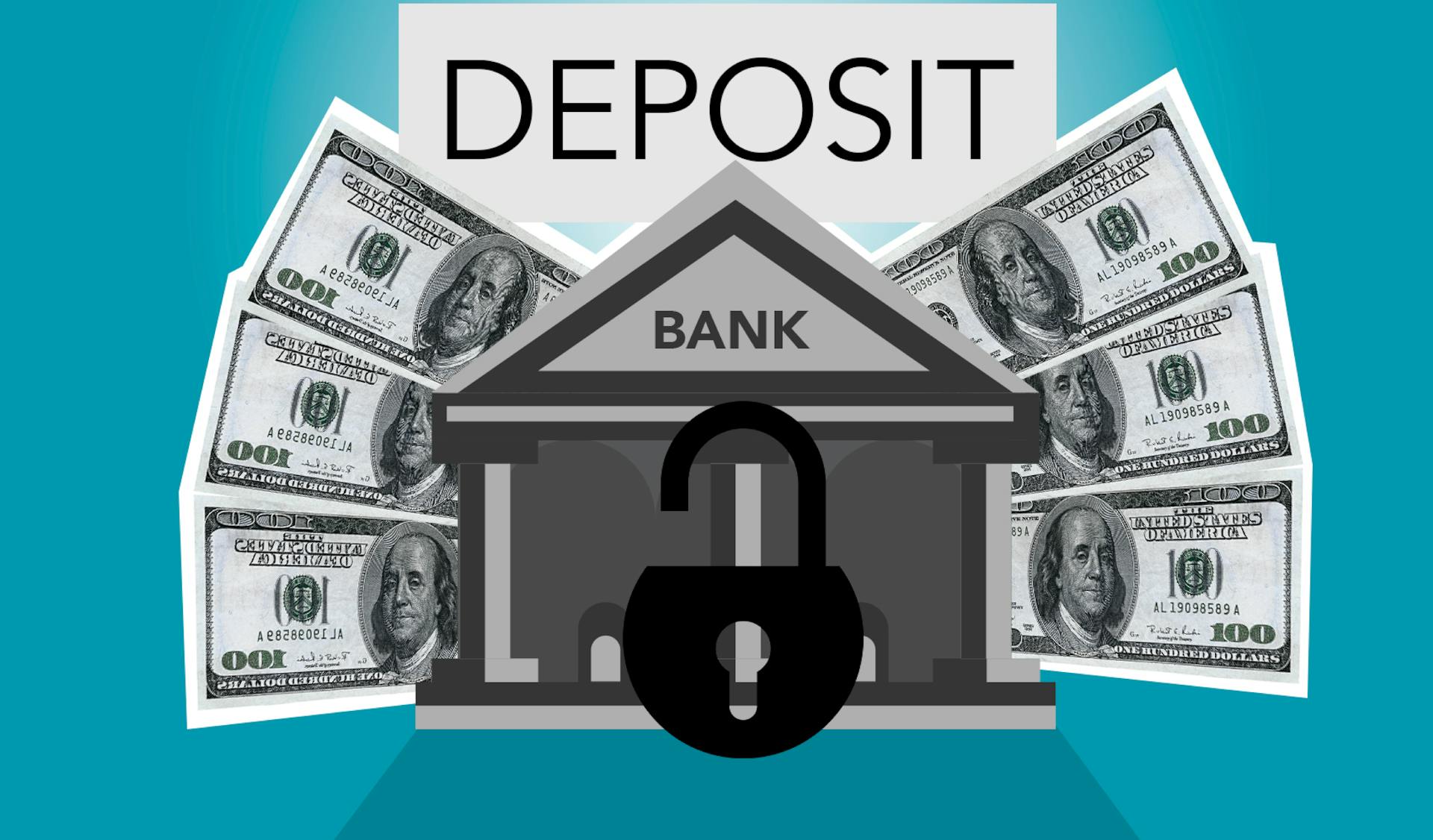
To fill out a MoneyGram order, start by gathering the required information, including the recipient's name, address, and identification details, as well as the amount you want to send.
You'll need to fill out the MoneyGram form carefully, making sure to include all the necessary details, such as the amount you're sending and the recipient's name and address.
The form will also ask for your personal details, including your name, address, and identification number, which are required for the transaction.
Begin by filling in the sender's section, providing your name, address, and identification details, as outlined in the "Sender Information" section of the form.
Filling Out a MoneyGram Order
Filling out a MoneyGram order is a straightforward process that requires some basic information. You'll need to enter the recipient's name on the "Pay to the Order Of" line.
To avoid any issues, it's essential to use the recipient's legal name, not a nickname. For example, if you know your landlord as "Jane", you should use her corporate name, "Smith Properties, Inc."
You'll also need to sign your name on the "Purchaser, Signer for Drawer" line. Your signature should be your official one, the same one you use on your license and credit cards.
Make sure to include your address on the "Address" line, including your street address, city, state, and postal code. This information is crucial for the recipient to deposit the money order.
To keep track of your transaction, detach the receipt stub from the money order and save it until you're sure the recipient has received and processed the payment. This stub can be used as proof of purchase or to track the status of the money order.
Here's a quick summary of the steps:
- Enter the recipient's name on the "Pay to the Order Of" line.
- Sign your name on the "Purchaser, Signer for Drawer" line.
- Include your address on the "Address" line.
- Detach the receipt stub and save it for future reference.
Understanding MoneyGram Fees
MoneyGram fees can be a bit confusing, but it's good to know what to expect. A money order usually costs up to $5, depending on where you buy it and the size of your transaction.
If you're buying a money order from a bank, be aware that many banks only sell them to account holders. Some popular banks, like Bank of America and Ally Bank, don't offer money orders at all. If you do use a bank, you can expect to pay around $5, with some exceptions for premium accounts.
Here's a rough breakdown of the costs at some popular banks:
Keep in mind that using a credit card to buy a money order can be more expensive due to cash advance fees. For example, if you pay with a credit card that charges a 5% cash advance fee, you'll end up paying more than the original cost of the money order.
Cost Estimate
A money order usually costs up to $5 depending on where you buy it and the size of your transaction.
The post office charges $2 for money orders up to $500 and $2.90 for money orders between $500 to $1,000.
Using a credit card to buy a money order can cost you more, as it's considered a cash advance and may incur a fee.
For example, if you're sending a $400 money order via the post office and pay with a credit card that charges a 5% cash advance fee, you'll end up paying a total of $422, with $20 going to the credit card company.
Banks' Fees
Ally Bank and Bank of America do not offer money orders. If you're a Chase customer, you'll pay $5 for money orders up to $1,000, but some premium accounts are exempt from this fee.
Chase requires you to purchase money orders in a branch. Citibank, Citizens Bank, TD Bank, and U.S. Bank all charge $5 for money orders, but premium checking customers get a free pass.
Wells Fargo also charges $5 for money orders up to $1,000, and you'll need to make a trip to a branch to get one.
When and How to Use MoneyGram
MoneyGram can be a convenient option when you need to make a payment but can't use a smartphone app.
MoneyGram is widely accepted because it's a prepaid service, eliminating the risk of non-sufficient funds or bounced payments.
For those without a checking account, MoneyGram is a useful alternative to personal checks.
It's also a good option for those who prefer not to use personal checks or cash.
When to Use
Money orders are ideal when you need to make a payment but can’t use cash, a personal check, or a smartphone app. They're widely accepted because they're prepaid, eliminating the risk of non-sufficient funds or bounced payments.
Money orders are widely accepted and more secure than cash because they’re issued to a specific recipient, who must present identification to cash them. This makes them a great option for those without a checking account or who prefer not to use personal checks.
Certified and cashier's checks are more secure for larger payments but come with higher fees.
How They Work
Money orders are a safe alternative to cash or personal checks, and they work by requiring both the sender and the recipient to sign the money order for it to be valid, cutting down on theft.
You pay for a money order with the value you want to send plus any issuing fees, which can be paid with cash or a debit card.
Many places sell money orders, including U.S. post offices, Walmart, Western Union, and banks, but keep in mind that some, like those purchased at banks, often have a $1,000 limit.
To use a money order, you typically need to pay with cash or debit card, and it's worth noting that some places may have specific requirements or restrictions.
A unique perspective: Do Banks Issue Money Orders
Filling Out Forms
Filling out a money order requires attention to detail and accuracy. Make sure to double-check the money order amount to ensure it's correct.
To start, you'll need to print the recipient's name and address on the "Pay to" and "Address" lines. This is crucial, as only the listed recipient will be able to cash the money order. If you leave this field blank, anyone could put the money order in their name and take the payment.
Next, print your full name and address on the "From" and "Address" lines. This is necessary in case the money order needs to be returned to you. You should also sign your name on the front of the money order.
You may be wondering whose address to put on a money order. The answer is both yours and the recipient's address. Including the recipient's address helps verify their identity, but it's optional if you don't know what address to use.
To make things easier, here's a summary of the information you'll need to fill out:
Remember to also add notes to the memo field at the bottom of the money order, describing what the payment is for. This can include account or order numbers that the receiving party may need to reference.
Sources
- https://www.citizensbank.com/learning/what-is-a-money-order.aspx
- https://www.nerdwallet.com/article/banking/money-orders
- https://www.investopedia.com/how-to-fill-out-a-money-order-step-by-step-4589636
- https://www.wikihow.com/Fill-Out-a-Money-Order
- https://www.wikihow.com/Fill-Out-a-Moneygram-Money-Order
Featured Images: pexels.com


